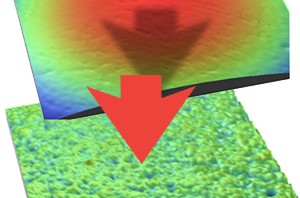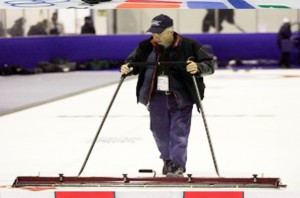Welcome to the Surface Roughness Analysis Blog
Why do brakes squeak? When will a gasket leak? What caused the haziness in my painted finish?
Surface texture and function are tightly linked. Understanding the relationship between texture and function, and sharing that information with engineers and quality professionals, is what Michigan Metrology is all about.
The articles in this blog explore the concepts of surface texture analysis and measurement. We show how you can apply these concepts to solve problems related to leaks, squeaks, appearance, wear, noise, fit, friction, vibration, adhesion, and many other functions.
Looking for more information on specific surface texture parameters? Visit our Surface Texture Parameters Glossary for an introduction to dozens of 3D surface roughness analysis parameters.
And, if you want to learn much more about surface texture consider attending our online and in-person classes for an immersive introduction to the many concepts in surface analysis.

Can stylus and optical measurements correlate?
June 8, 2022Many companies use both stylus and optical measurement technologies to measure surface texture. A question that we are often asked is, “Can the measurements between these different systems correlate, and

Why stitch surface texture data?
June 1, 2022How would you go about measuring these coins? In terms of value, the most precious would likely depend upon your age, and possibly the time left on your parking meter!

Smoother is better…?
May 25, 2022It’s a common intuition that smoother surface texture is “better” for sliding over another component. It seems natural that a smoother surface would wear less, have lower friction, and perhaps

What is the F-Operator (and why can’t I find it on my machine)?
May 18, 2022You may have heard the term “F-Operator” and wondered what it is, and how it’s used. As we mention often, surface texture consists of a spectrum of spatial wavelengths, ranging

Real area of contact
May 11, 2022Scientists and philosophers through the ages have struggled with the concepts of friction. Leonardo da Vinci studied many aspects of friction, bearings, etc. In one set of experiments, he tied

Sticky: The Secret Science of Surfaces
May 4, 2022I just finished reading this great book that nicely covers many aspects of surface roughness and tribology. The author, Laurie Winkless, is a physicist who loves communicating about science and

Remembering Frank Bowden
April 27, 2022May 2 will mark the birthday of Frank Philip Bowden who, along with David Tabor, laid the groundwork for much of our modern understanding of friction and lubrication. “Putting two

Surface texture: a GD&T lab may not have the measurement tools
April 20, 2022High-precision surface texture measurement systems are more widely available now than they were 10 or 15 years ago. Yet, purchasing such systems can still be difficult to justify for small

Typical Average Roughness values for various machining operations
April 13, 2022Ra (Roughness Average, or average roughness) is the average height of all measured points on a surface. Ra is the most widely used surface texture parameter. As we’ve mentioned elsewhere

Choosing an interferometric objective
April 6, 2022Though an optical profiler and stylus measurement system are very different technologies, they do also have some similarities. If you are used to working with stylus-based measurement systems, you know

Wear means “material removal”…doesn’t it?
March 30, 2022When we think of how to measure wear, the first thought might be to quantify how much material has been removed from a surface. We might look at a change

Curling: the international sport of tribology!
March 23, 2022Curling is an international, Olympic sport that is a challenge of both skill and strategy. If you search the Internet, you’ll find videos describing the immense amount of care that
